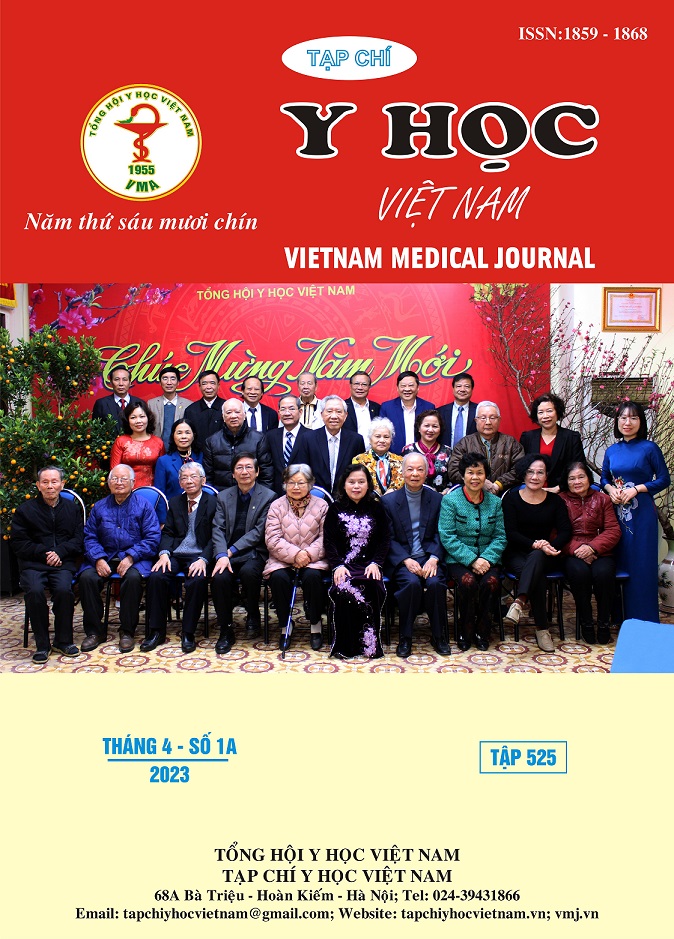CO-OPERATIVE EFFECTVENESS OF COLD ATMOSPHERIC PLASMA IN THE TREATMENT OF ABDOMINAL WOUND INFECTION
Main Article Content
Abstract
Objective: To evaluate the efficiency of cold atmospheric plasma in the treatment of post C-section wound infection. Methods: This study is a randomized control trial. Results: While the average amount of time for granulation formation in plasma treatment group was just 4,5 ± 1,3 days, the fingure for non-plasma treatment group was 5,7 ± 1,1 days. The average time for C-section resuture was shorter in plasma treatment group compared to the non-plasma treatment. In addition, the length of hospital stay in the plasma treatment group is also shorter. Conclusion: Cold atmospheric plasma could improve the wound healing and reduce the length of hospital stay in the treatment of post C-section wound infection.
Article Details
Keywords
post C-section wound infection, medical plasma.
References
2. Nguyễn Thị Phương Thảo. Nghiên cứu nhiễm khuẩn vết mổ thành bụng sau mổ lấy thai được điều trị tại Bệnh viện Phụ sản Trung ương từ tháng 11/2014 đến tháng 8/2016, Luận văn thạc sỹ y học, Trường Đại học Y Hà Nội. 2016.
3. Tian, Y., et al. Inactivation of Staphylococcus aureus and Enterococcus faecalis by a direct-current, cold atmospheric-pressure air plasma microjet, J Biomed Res. 2010; 24(4), 264-9.
4. Lipatov, K. V., et al. Use of gas flow with nitrogen oxide (NO-therapy) in combined treatment of purulent wounds. Khirurgiia. 2002; 2, 41-3.
5. Vũ Bá Quyết, Nguyễn Quảng Bắc. Đánh giá tác dụng hổ trợ của Plasma lạnh trong điều trị nhiễm khuẩn vết mổ thành bụng sau mổ lấy thai. Tạp chí sản phụ khoa. 2017; 15(3),36-39.
6. Isbary, G., et al. A first prospective randomized controlled trial to decrease bacterial load using cold atmospheric argon plasma on chronic wounds in patients", Br. J. Dermatol. 2010; 163 (1), 78-82.


